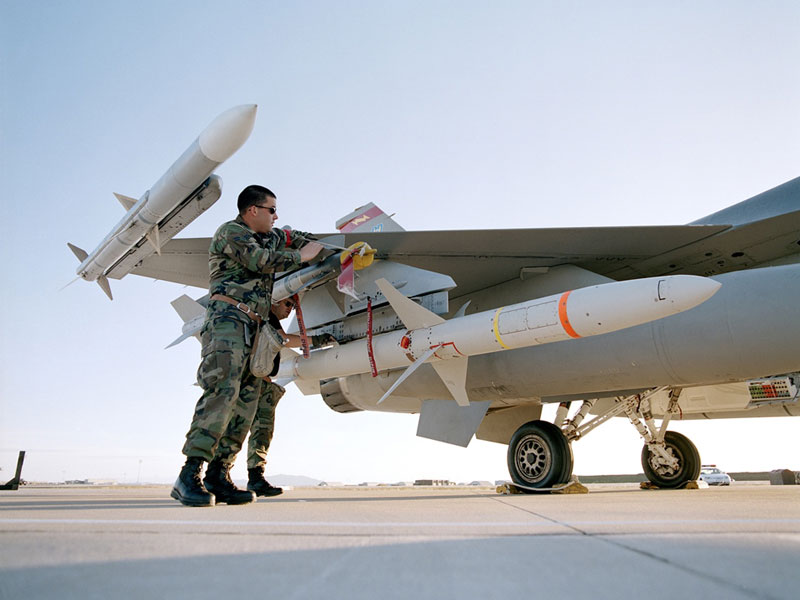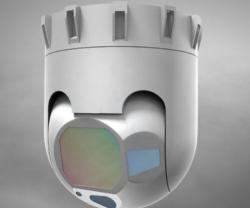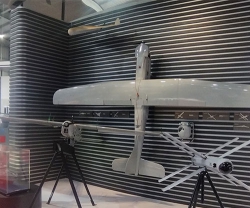Raytheon Company and the U.S. Air Force successfully flight tested an upgraded High-Speed Anti-Radiation Missile (HARM). The HARM Control Section Modification (HCSM) is more precise and accurate, which reduces potential collateral damage.
During this test mission, an F-16 aircraft fired an HCSM, AGM-88F, against an emitter located outside of a zone of exclusion, which contained a similar radiating emitter. The HCSM used its new global positioning system (GPS)/inertial measurement unit (IMU) capability and successfully impacted the correct target. Another HCSM test mission is needed to determine if HCSM is ready for deployment to the U.S. Air Force.
“Raytheon's HCSM offers the warfighter enhanced capabilities at an affordable price, providing best value for suppression of enemy air defense weapon options,” said Mike Jarrett, Vice President of Raytheon Air Warfare Systems.
The Air Force awarded Raytheon the HCSM contract in 2012. The missile was recently cleared for full rate production.
The AGM-88 High Speed Anti-Radiation Missile is a key battlefield element to suppress or destroy surface-to-air missile radars, early warning radars, and radar-directed air defense artillery systems. HARMs have made hostile airspaces worldwide safer for U.S. and allied warfighters. The missile resides in the inventories of eight countries.
More than 4,000 HARMs have been employed in combat.
HCSM adds GPS/IMU navigation accuracy, giving HARM the ability to engage time-critical targets.
HCSM has new features that allow it to engage a wide range of modern SAMs, are resistant to counter-HARM tactics, and reduces the risk of fratricide or collateral damage.






















